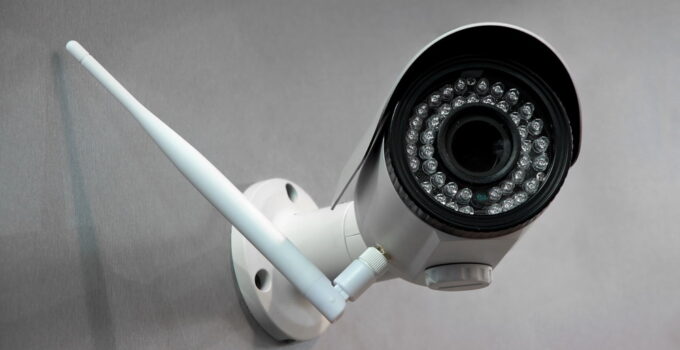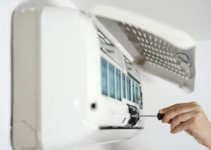Wireless video cameras were pretty primitive when they were first introduced some years ago. Manufacturers concentrated on coming up with devices that could produce decent images, record to internal storage, and send an alert to a home security hub. It was all they could manage at the time. Things have changed since then.
Some of the features built into today’s wireless video cameras are truly impressive. Improved technologies have made video surveillance better than it has ever been before – at least in the home security realm. Below are five examples. None of them were available on first-generation wireless cameras.
1. Infrared Night Vision
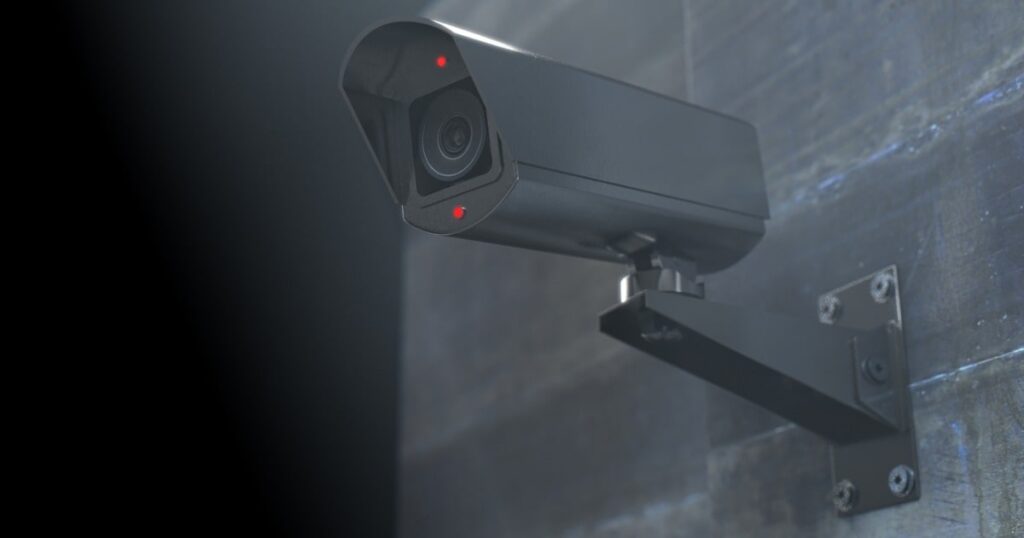
Source: fsstechnologies.com
Infrared night vision has been a staple of military operations for quite some time. In the home security realm though, manufacturers were not including it in their first-gen wireless cameras. It was too expensive to scale, it put cameras out of reach for many consumers, and there were more important things they wanted to focus on. All those issues have since been mitigated.
Today, infrared night vision is standard fare. Even entry-level cameras are known to offer it. It is a feature that guarantees wireless video cameras will be effective even when the sun goes down. Night vision provides crystal-clear images of people, animals, cars, etc. It is one of the features recommended in Vivint’s Ultimate Security Camera Buying Guide.
2. Adjustable Motion Sensitivity
Nothing is more annoying than a wireless video camera that sends endless alerts because it is hypersensitive to even the most subtle of movements. Dog owners the world over know this all too well. But with adjustable motion sensitivity, camera manufacturers have changed the game.
Motion sensors built into video cameras are designed to trigger recording when someone passes by a camera. Otherwise, the camera remains off to preserve both battery power and storage space. The problem with motion sensors is that they are more than capable of triggering a camera when doing so is unnecessary.
Being able to adjust motion sensitivity gives homeowners the ability to tone things down a bit. They can prevent false alarms caused by roaming pets or curtains that flutter when the air conditioning kicks on. It is a big plus for homeowners who self-monitor their security systems.
3. Smart Object Identification
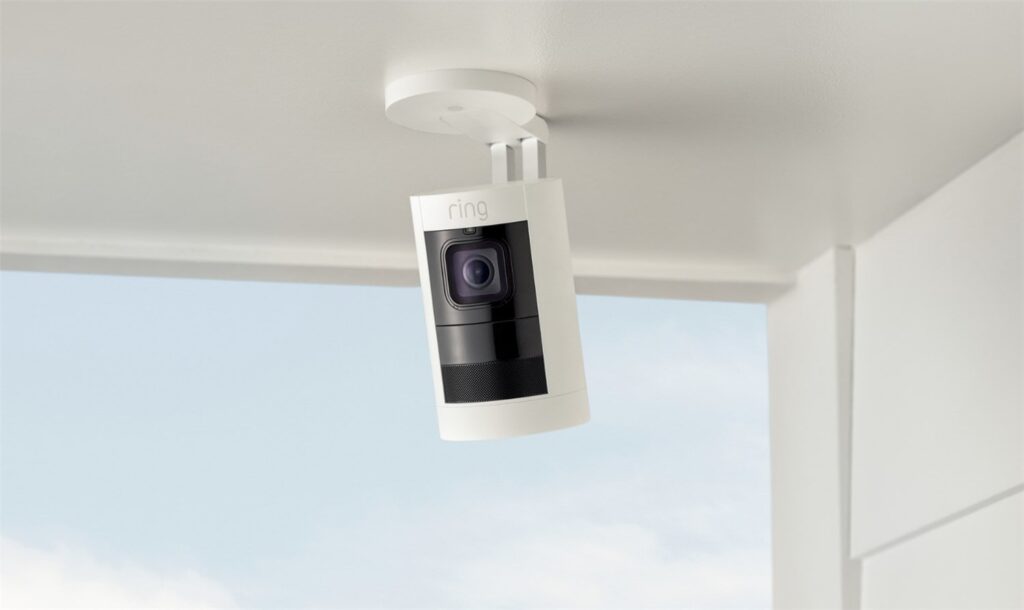
Source: cravingtech.com
What could be better than adjustable motion sensitivity? Smart object identification. Yes indeed, some of today’s higher-end cameras have built-in technology that can automatically identify objects that appear in their line of vision. These cameras can distinguish between people, animals, motor vehicles, and other objects.
This is another big help to DIY homeowners. They do not need alerts triggered every time a car drives down the street. They do not want to be alerted every time a squirrel comes up to the porch and pokes around.
The best cameras with this on-board technology allow users to specify what kinds of objects to pay attention to. This allows for very specific alerts. It also allows for ignoring critters and objects an owner isn’t worried about. Artificial intelligence makes it all possible.
4. Focus Zones
Known as activity zones by some manufacturers, focus zones are specific zones you want a video camera to pay extra attention to. For example, imagine a camera strategically placed in the family room in the back of your home. Though you may want full view of the entire room, you might also want the camera to focus attention on the sliding glass doors leading to the back door.
How does this help? It limits motion sensitivity to that specific zone. You will only get an alert if someone approaches the door in an attempt to enter. You will not get an alert if the dog walks through the family room or the cat knocks a plant off the end table.
Focus zones are not limited to interior cameras. Exterior cameras and video doorbells come with the feature as well. Focus zones are especially helpful for video doorbells, given the fact that the cameras in these devices tend to be fitted with wide-angle lenses. A focus zone created to prevent porch piracy can have a very narrow focus right in front of the door.
5. On-Board Audio
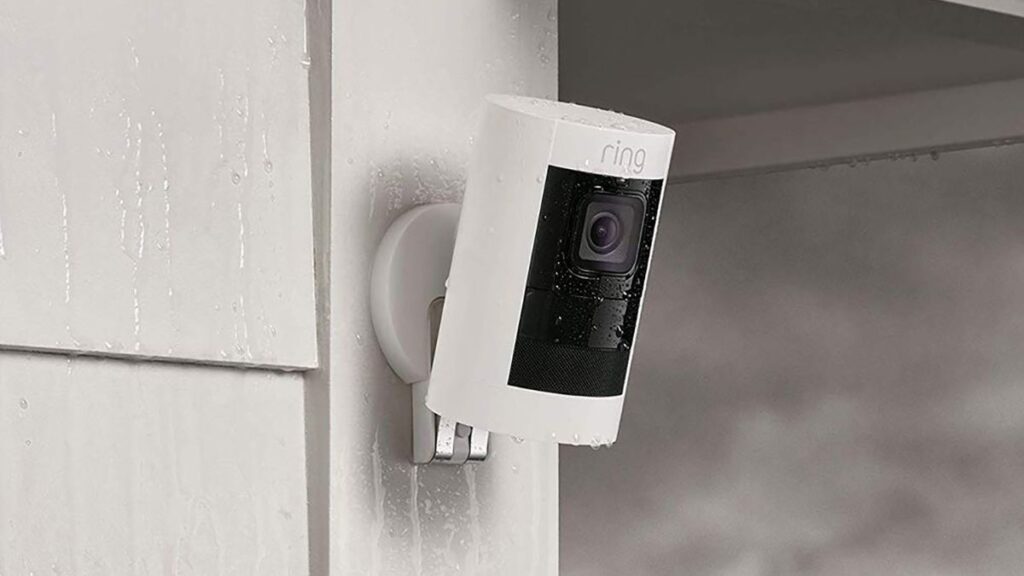
Source: t3.com
The final technology on our list is by no means new. It is on-board audio, and it is accomplished by equipping video surveillance cameras with both speakers and microphones. Why do so? To enable communication between homeowner and the person being monitored by the camera. It is more helpful than you might think.
Imagine you are a burglar planning to enter what you believe is an unoccupied home. If you’re smart, you knock on the door or ring the doorbell just to be sure. Now, imagine hearing a voice speaking to you after you knock. You realize you are being watched by a video camera. The fact that you are talking to the homeowner plants a seed of doubt in your mind.
You have no way of knowing whether the homeowner is in the house or not. For all you know, they could be standing on the other side of the door. They could also be at work. Since you cannot possibly know, you are not going to take the risk. You make up some lame excuse and go on your way.
Of all the technologies discussed in this post, on-board audio probably offers the most tangible benefit. Whoever first thought of equipping video cameras with two-way audio systems deserves an award for brilliance.
Choosing the Right Cameras
There are certainly other technologies not mentioned in this post. From HD resolution to continuous recording, each feature is designed to bring something else to the security table. The key to shopping for wireless video cameras is sitting down and analyzing your needs. The right camera is the one that meets most of the needs on your list.
Wireless video cameras have come a long way over the years. Thanks to new and improving technologies, they are becoming more effective for the work they are designed to do.

